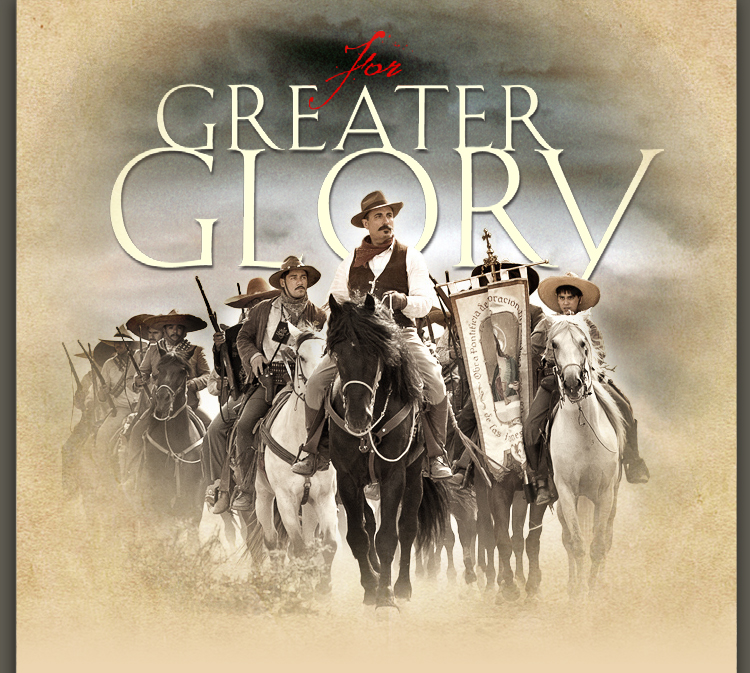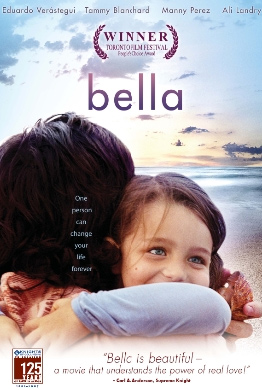 I promised I was going to show why this is related to the trinity or body-mind-spirit divisions–I for the sake of my family am going to call it “tri-fractal”. Here’s a simple diagram concerning the trinity, and the anti-trinity or other world religions and a bit on self-recursion. (And here is a really cool blog on Procrustean that analyzes how many monkey’s it would take to repeat Shakespeare. )
I promised I was going to show why this is related to the trinity or body-mind-spirit divisions–I for the sake of my family am going to call it “tri-fractal”. Here’s a simple diagram concerning the trinity, and the anti-trinity or other world religions and a bit on self-recursion. (And here is a really cool blog on Procrustean that analyzes how many monkey’s it would take to repeat Shakespeare. )
I’ve decided to call everything that I refer to the trinity as “tri-fractal” because it’s really a pattern and geometrical construct which I’m interested in, and the division of three continues to be complex with every different relationship between each other. (Read about the Mandelbrot–it’s cool and I put a picture of it.)
I’m trying to finish reading the Brothers Karamazov as I started on New Year’s break and suffered a slight meltdown, as it’s difficult to read the “best novel ever written” according to a close relation of mine. Anyone else who has gone through the agonizing experience of having to read a much anticipated book requested for several years by their close friends or has gone through an interrogation of their particular emotions and first impressions must understand what I’m going through. Also an added anxiety is reading another book by my favorite author and afraid of being disappointed, as regretfully I have before. It’s hard not to compare Crime and Punishment to this one for fear of losing something true. But truthfully, I think the final straw for my New Year’s meltdown was the recursive and “trinitarian” nature of the story which we shall call “tri-fractal.” It has to do with how someone can show a story where every variant of the good the bad and the ugly according to the body-mind, body-spirit, or mind-spirit (order not important) is possible. Then throw in a comparison of anti-trinity to good trinity–> is the character goodbody/badmind/goodspirit or badbody-goodmind-badspirit etc and how many combinations are really possible considering that usually in this “tri-fractal” description 2 definitions can easily swap depending on the “lens” or focal point of a character?
For example (I do not know the whole story yet–I am about 2/3 way through) One son is very fleshly/not rational/somewhat good intentions. Should I say that he is “honest” flesh-wise, but have selfish feelings or that he is carnal and have good intentions? In comparison to each other, however, each of the brothers has very distinct personalities: fleshly, rational, and “spiritual”; but on a good-bad contrast this gets very complex. (In fact, the Briggs-Meyers divisions of (Introvert/Extrovert, iNtuitive/Sensory, Thinking/Feeling,Perceptive/Judging) are very interesting because 2*2*2*2=16 types yet certain combinations are unmistakably individual. I am an INTJ in comparison to my family)
Needless to say as obsessed I am with patterns, I “suspected” that this would be a recursive type story–one that would include the author’s feelings with one of the characters. And not just because I am afraid of being “judged”, but the fear of being “pegged down” or “controlled” definitely added to my mayhem of mixed emotions. I felt mocked and belittled by the over-done melodrama of the crazy Karamazov family–and especially with one with unfortunate “Mongol” ties through the Korean side–it was all too familiar emotionally (my family’s not exactly like that). So I took a break. Then I got excited when I read some of the climax and realized that Dostoevsky wasn’t trying to peg me down like an experiment rat (which apparently Tolstoy is really good at) but he was trying to show people how to be set free. Set free from bad dysfunctions involving dualities like bipolar conditions or anti-trinity loops that keep us in dysfunctional family relationships or bad habits. Set free from “being controlled” by others by finding our 3rd half (haha).
And like an onion, each of the characters I was afraid were caricatures of humanity, were becoming unraveled, were finding their whole being…because no one is black or white, rather they are black and white and black or white and white and black or something very complexly structured, beautiful like a fractal, and simple like a computer algorithm. And partway in between hell and heaven…and between chaos and completion. We are three dimensional objects in 2 dimensional space until we meet G-d. And G-d is the most beautiful pattern ever created because He is the creator and the pattern at the same time. Hence, the pattern is eternal and was not created! So be not afraid of being controlled, be afraid of being set free! (well, I’m still not finished with Brothers Karamazov…)










